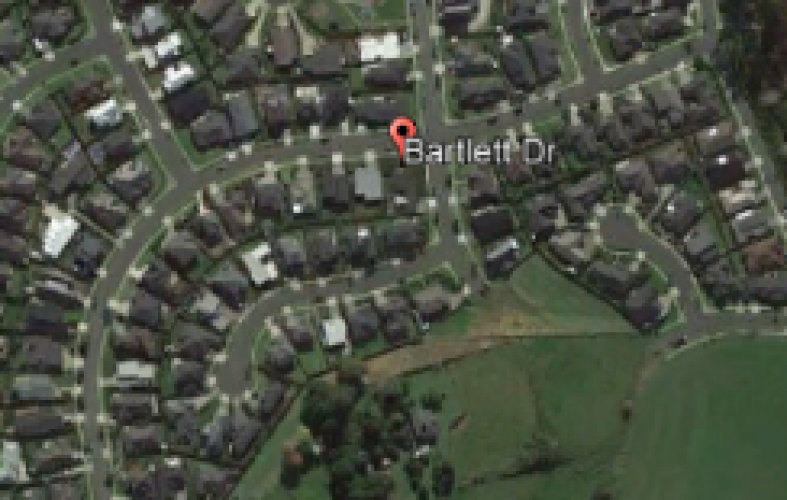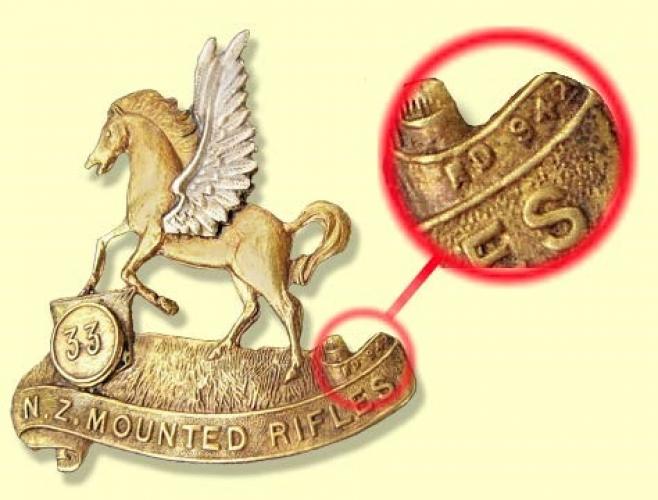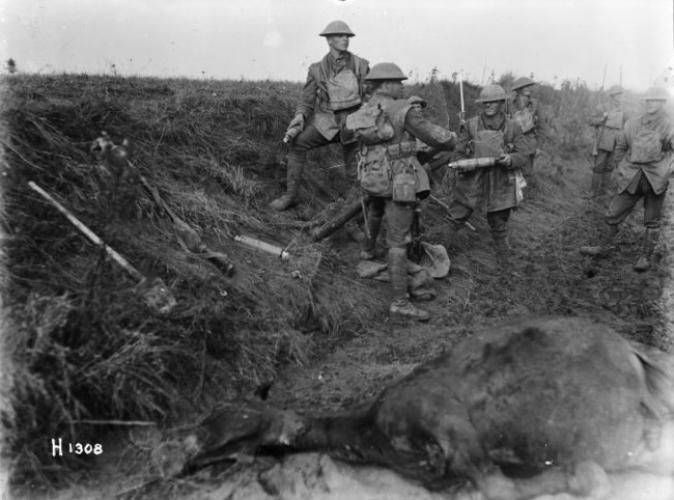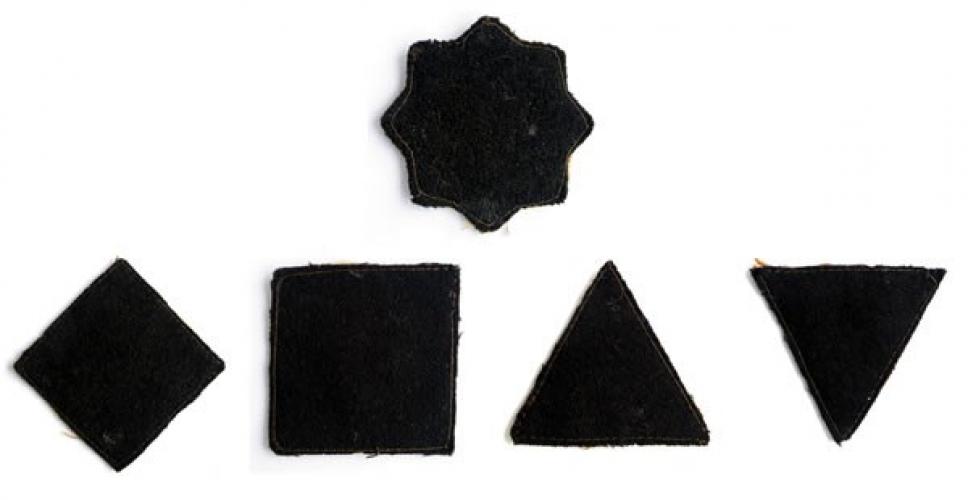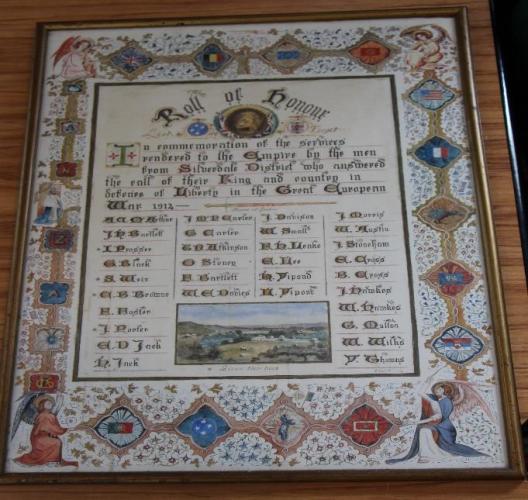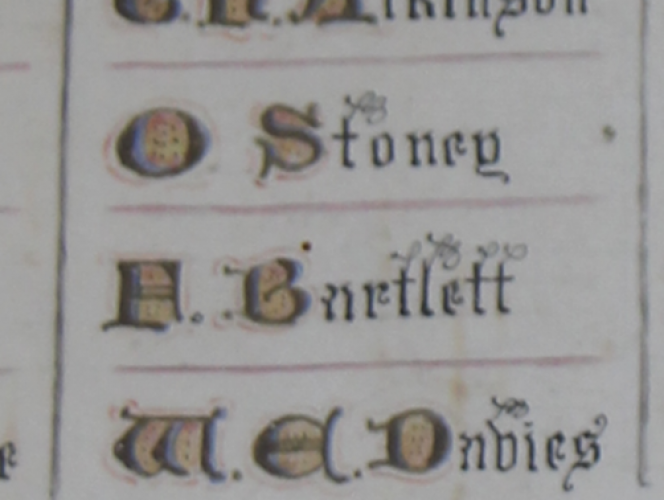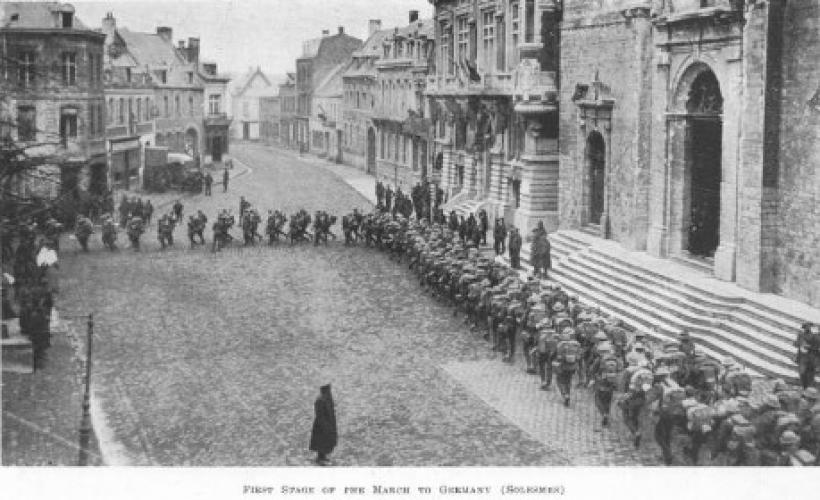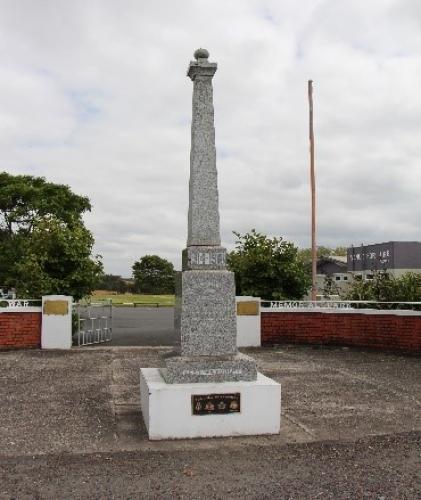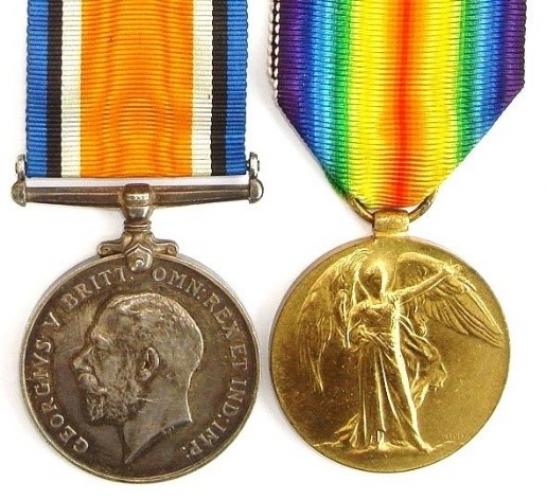175 Bartlett Avenue Silverdale Auckland, aerial view 2018
Reason for the name
This street was named in honour of Frank William Bartlett, Regimental number 65863. Frank was born in Auckland on 3 Oct 1896 and resided in Silverdale. He served with the 3rd NZ Rifle Brigade during WW1. Frank survived the war.
The details surrounding the specific reason for naming this street have yet to be added to this story by the local Council.
Bartlett Avenue is a new residential street in Silverdale. Frank Bartlett worked on his father’s farm in Silverdale as a farm hand prior to enlistment. On enlistment his next of kin was his father H.W. Bartlett and his mother was Caroline Bartlett of Silverdale. Frank served as a member of the 15th Auckland Regiment and also served as a senior Cadet. He enlisted for overseas service on 6 September 1917 one month before his 21st birthday. He was assigned as a Private, E Company, New Zealand Expeditionary Force.
On 31 Dec 1917, aboard the ship Athenic HMNZT 99, under the command of Captain McKillop, Frank embarked for Europe. He was one of 1,153 troops of the 33rd Reinforcements which included the 25th Reinforcements of the Maori Contingent [roll No.76]. He disembarked at Glasgow, Scotland on 25 February 1918.
Author: The Poppy Places Trust
The records show Frank Bartlett was a small man at 1.7m tall and 54kgs in weight. His medical examination classed him as Class A. He was assigned to the 2nd Battalion 3rd NZ Rifle Brigade.
The NZ Rifle Brigade (Earl of Liverpool's Own), affectionately known as The Dinks, was formed on 1 May 1915 as the third brigade of the New Zealand Division, part of the New Zealand Expeditionary Force. During the First World War it fought in Egypt, against the Senussi, and then on the Western Front in France. Frank would have joined the Brigade in France. It was disbanded on 4 February 1919.
Following the outbreak of the First World War, the New Zealand government authorised the formation of the New Zealand Expeditionary Force (NZEF), under the command of Major General Alexander Godley, for service abroad. By October 1914, there were sufficient volunteers to form two brigades, the New Zealand Infantry Brigade and the New Zealand Mounted Brigade. These two formations formed the main body of the NZEF and, together with the Australian 4th Infantry Brigade and the 1st Light Horse Brigade, were the basis of the New Zealand and Australian Division, which fought in the Gallipoli campaign against the Turks.
In the meantime, another regiment of infantry was being raised, with effect from 1 May 1915. This regiment, the precursor to the New Zealand Rifle Brigade (NZRB), was to consist of two infantry battalions and was originally known as the Trentham Regiment (The Earl of Liverpool's Own) The two battalions were placed under the command of Lieutenant Colonel Harry Fulton. Later, as the first two battalions finished its training in New Zealand, the government decided to increase the strength of the regiment by adding two further battalions, thus bringing the regiment up to the size of a brigade. By this time, the Trentham Regiment's designation had been abolished and it was now officially known as the New Zealand Rifle Brigade (Earl of Liverpool's Own).
After a period of training the brigade entered the line on 13 May east of Armentières. It participated in the vast majority of the battles of 1916, 1917 and 1918. Notable examples include:
- The brigade's first major offensive was during the Battle of the Somme when it attacked on 15 September as part of the Battle of Flers-Courcelette.
- The Battle of Messines, possibly the most complete Allied victory of the war until late 1918.
- Third Ypres, normally described these days as Passchendaele.
- It was thrown into a gap in the line caused by the German attack, called Operation Michael, on 26 April 1918.
- Finally it fully participated in the Hundred Days Offensive that ultimately culminated inside Germany
The NZRB, as part of the New Zealand Division, formed part of II Corps of the Second Army, assigned to the Army of Occupation on the Rhine. The NZRB made its way to Cologne, where it was to be stationed, on foot, beginning its march from France on 28 November 1918. It arrived at Cologne on 22 December 1918.
Its occupation duties were light, with morning parades and training sessions leaving time in the afternoon for sightseeing. An education programme was implemented although many men were more interested in returning to New Zealand. The NZEF had begun demobilising on 26 December 1918 and by the end of the following month, up to 1,000 personnel were leaving each week for England to catch ships destined for New Zealand. By mid-January 1919, the brigade's normal complement of four battalions had been reduced to two with the final units being disbanded on 4 February 1919.
The brigade was nicknamed The Dinks although its origin is unclear. It is generally understood to be a contraction of "Dinkum", meaning having excellence and quality. The nickname itself appears to date to the arrival of the 2nd Battalion (Frank’s unit) in Egypt. The newly arrived personnel sought to maintain high standards of presentation and drill which the Gallipoli veterans also in Egypt considered to be excessive. They referred to the battalion as "Square Dinkums" but with disrespect, and this was later applied to the brigade as a whole once it had been assembled. Another possibility for the nickname is that following the 1st Battalion's engagement of December 1915 at Mersa Matruh against the Senussi, Gallipoli veterans ironically referred to it as "a fair dinkum fight", comparing to the much more intensive action experienced on the Gallipoli peninsula. Over time, the nickname was shortened to "The Dinks", and the brigade's personnel took pride in it as the nickname began to be used in a more respectful context as it established its reputation on the Western Front.
Private Frank Bartlett spent 1 year and 205 days overseas. His records shows he was wounded and admitted to the military hospital at Cannock Chase Rugeley Staffordshire. During the First World War there was a large military camp at Cannock Chase which became the base for the New Zealand Rifle Brigade. There was also a prisoner-of-war hospital with 1,000 beds, and both camp and hospital used the burial ground. Cannock Chase War Cemetery contains 97 Commonwealth burials of the First World War, most of them New Zealanders, and 286 German burials. It is also noted that Frank Bartlett was admitted to hospital with the mumps in May 1919.
He embarked for NZ on 17 June 1919 and was discharged on termination of his engagement on 20 August 1919. Frank was awarded the British War Medal and the Victory medal.
Franks life after the war has yet to be recorded.


